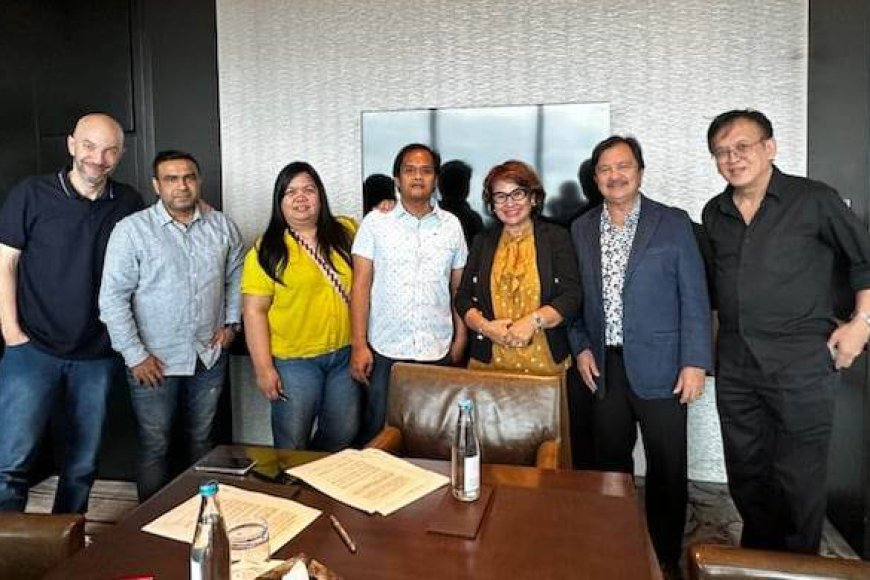PHL sustainable finance framework leaves room for interpretation — IEEFA
THE Philippine framework on sustainable finance is prone to subjective interpretations in the absence of quantitative criteria, according to the Institute for Energy Economics and Financial Analysis (IEEFA). According to a report written by Ramnath N. Iyer, IEEFA’s sustainable finance lead for Asia, the Philippine and Malaysian frameworks take a largely “principles-based approaches.” “The absence […]

THE Philippine framework on sustainable finance is prone to subjective interpretations in the absence of quantitative criteria, according to the Institute for Energy Economics and Financial Analysis (IEEFA).
According to a report written by Ramnath N. Iyer, IEEFA’s sustainable finance lead for Asia, the Philippine and Malaysian frameworks take a largely “principles-based approaches.”
“The absence of any quantitative criteria risks rendering assessments based on such taxonomies insubstantial and unlikely to be considered internationally interoperable,” according to the report.
The frameworks contain classifications such as “high emitting, transitioning, or low emitting,” making them subject to interpretation, IEEFA said.
“Consequently, market players may have disagreements due to the ambiguous guidelines,” according to the report.
The taxonomy for sustainable finance lays down criteria for determining the sustainability attributes of various economic and financing activities, classifying them as eligible or ineligible, the IEFFA said.
“The growing awareness and use of sustainable finance in recent years has led to demands for organized methodologies or taxonomies to classify ‘sustainable’ activities, the financing of which could then qualify as sustainable finance,” it said.
The report examined taxonomies or documents that substitute for taxonomies in Asia, primarily in Singapore, Hong Kong, Indonesia, Thailand, the Philippines, Malaysia, South Korea, China, as well as the Association of Southeast Asian Nations (ASEAN) taxonomy.
The Philippine taxonomy covers the energy, transport, waste, industry, and agriculture sectors, the IEEFA said.
Compared to Singapore, which was considered to have the most comprehensive taxonomy, other countries such as the Philippines, Malaysia, and Indonesia have adopted “less rigorous approaches.”
The report said that Singapore’s taxonomy covers “a broad range of sectors with detailed technical criteria to help assess the eligibility of any activity.”
The ASEAN Taxonomy for Sustainable Finance, along with the frameworks of Singapore, Thailand, Indonesia, and the Philippines, implemented a three-tiered system to categorize activities into green (compliant), amber (transitioning), and red (non-compliant).
“A comprehensive taxonomy needs quantitative or logical criteria based on accepted science to classify activities into different categories for clarity, credibility, and avoidance of greenwashing,” the report said.
The IEEFA said that “well-designed taxonomies can effectively guide investments toward environmentally beneficial activities and foster a sustainable financial ecosystem, ensuring the transition to a greener economy is accelerated, effective, and equitable.” — Sheldeen Joy Talavera























